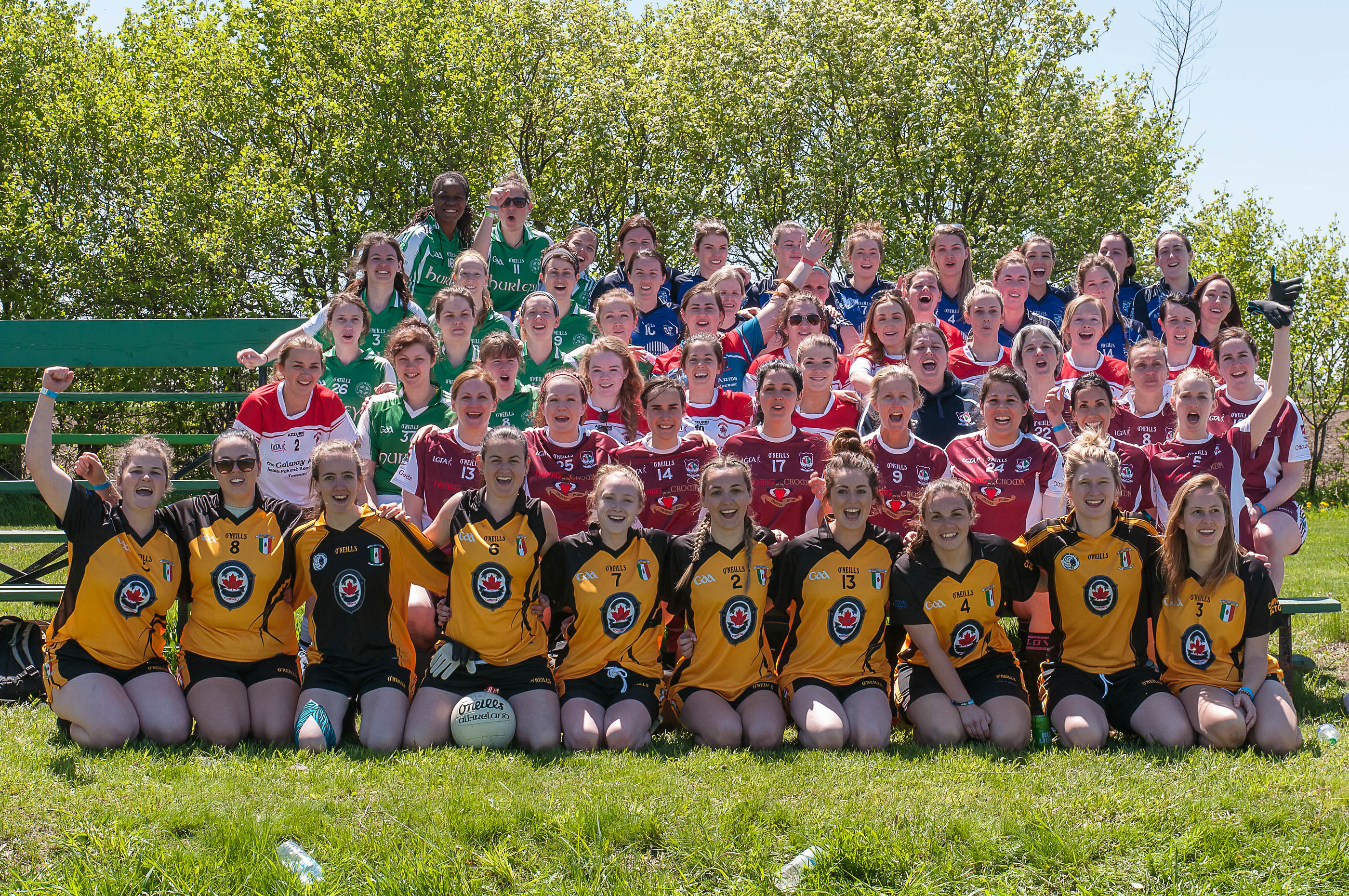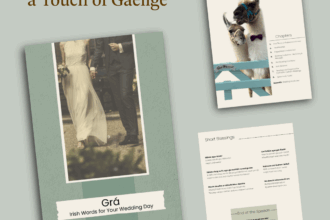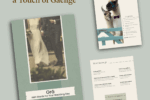Montreal Says Yes to Foreign Sports
2017 is Montreal’s 375th birthday and the city marked this special occasion with a range of crowd-pleasing public spectacles. With this year also being the 150th anniversary of Canadian Federation, and the fiftieth year since Montreal hosted the prestigious World Expo in 1967, it is no surprise that these celebrations took on an extra degree of importance. Anyone lucky enough to visit the city from May 17th to the end of the month was treated to an endless number of visual performances and installations that certainly didn’t disappoint. From the illumination of the iconic Jacque Cartier Bridge to the march of the giants – a larger than life street art performance involving, as the name suggests, a couple of curious looking wooden giants wading through the streets of downtown Montreal in decadent splendour. However, while the stars on the streets of Sainte Catherine and Rene Levesque were certainly eye-catching, they were not the only larger than life performers that greeted Montreal on the weekend of May 20th.
The Montreal May Tournament is an annual event that brings GAA teams from across eastern Canada and upstate New York to Montreal for a day of gaelic football, hurling, and for the first time in 2017, camogie. Given the relative distances between major cities in Canada, one day or weekend tournaments of this nature are crucial for the growth and development of games in the region. While progress has been made in improving intra-city competition in recent years, all competing cities, with the exception of Toronto, have only one club – thereby making the competitive nature of this blitz-styled competition all the more important.
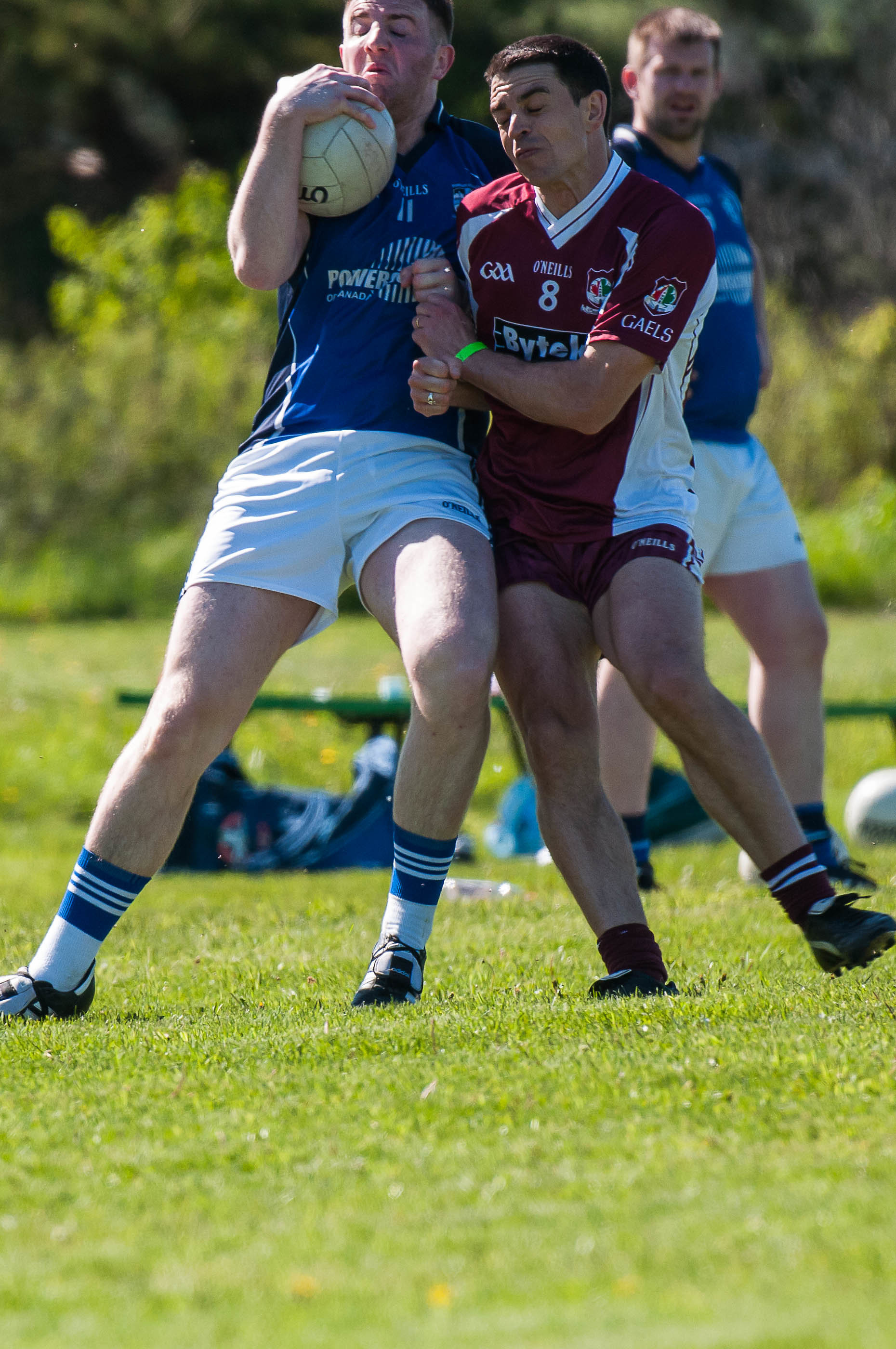
Taking place in the idyllic surroundings of Montreal Irish Rugby Club (proving that cross-code ground sharing can take place on this side of the Atlantic too!) on Montreal’s south-shore, this year’s tournament saw 24 teams take part, with 14 clubs from cities such as Montreal, Halifax, Quebec City, Ottawa, Toronto and Albany represented. The growth in popularity of gaelic games both in Montreal and across eastern Canada is evidenced by the fact that in 2017 trophies for six individual competitions including senior and junior ladies football; senior and junior men’s football; camogie and hurling, were up for grabs. This is in sharp contrast to 2011 when the tournament consisted of four teams competing in one men’s gaelic football competition. The growth in the number of ladies’ teams competing in the tournament is one of the stand-out features of this year’s tournament and is testament to the hard work and effort of clubs from across the region who have recruited players from Canada and further afield to the wonders of gaelic football and camogie. In fact, in 2017 the two ladies gaelic football competitions were the busiest sections of the day’s fixtures and provided some of the most compelling games.
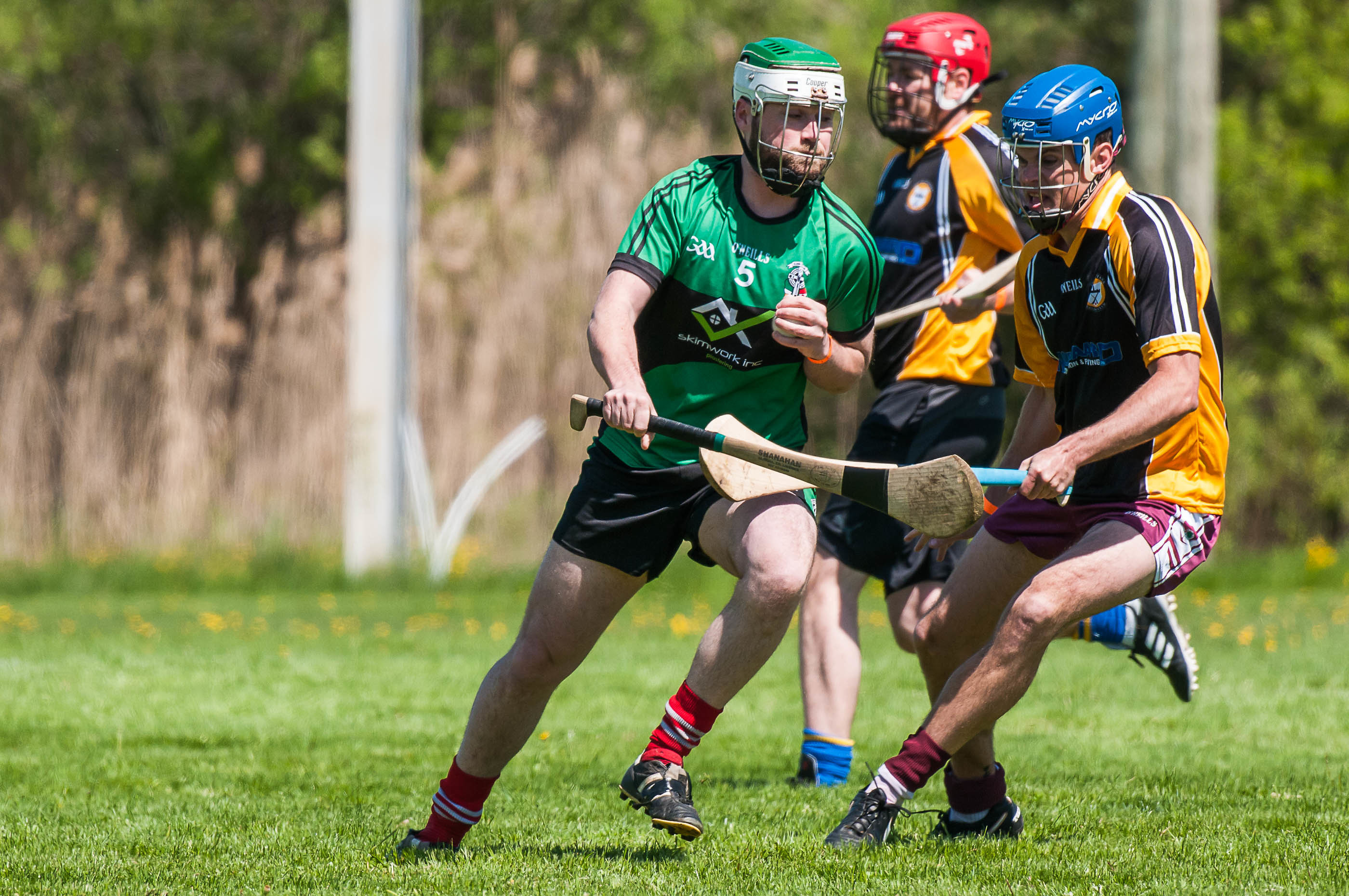
With a hectic schedule of games to get through, the organizing committee of host club, Montreal Shamrocks had their work cut out to ensure that the all games ran on schedule. This meant the tournament commenced at 8 AM with the senior and junior ladies gaelic football tournament and culminated in the deciders of the men’s senior and junior finals at 6.30 PM. St. Pats of Toronto did the double in the ladies’ tournament with success in the junior and senior competition. In a number of close and tensely fought games, it was the strength in depth of the two St. Pat’s panels that proved crucial. In the men’s senior decider, St. Pat’s had a chance to complete an historic treble but were cruelly denied by a determined Durham Robert Emmets side after extra time. In the junior final, Albany finished strong against a vastly improved Quebec City outfit to take the junior crown back across the border. In between both sets of football finals the hosts, the Montreal Shamrocks, were crowned the inaugural camogie champions, while the hurling crown went to Toronto side Na Piarsaigh who defeated cross-town neighbors, Clann na nGael in an epic battle.

While the tournament was played at a ferociously competitive level it is perhaps a testament to the comradery of the competing teams that the beers and burgers shared in the clubhouse after the game were accompanied by conversation that wouldn’t be out of place in either Killarney or Kilkenny. Given the bilingual nature of life in Montreal it is also fitting that many of the 200 players who took part in the tournament would not consider English as their mother tongue. This is perhaps best personified by the Quebec City men’s team who use their communication through French as a strategic advantage with short kick-outs and 45’s! With players from all over Europe, North America and Australia and New Zealand taking part, it is clear to see that the Montreal May tournament was very much a celebration of a foreign game.
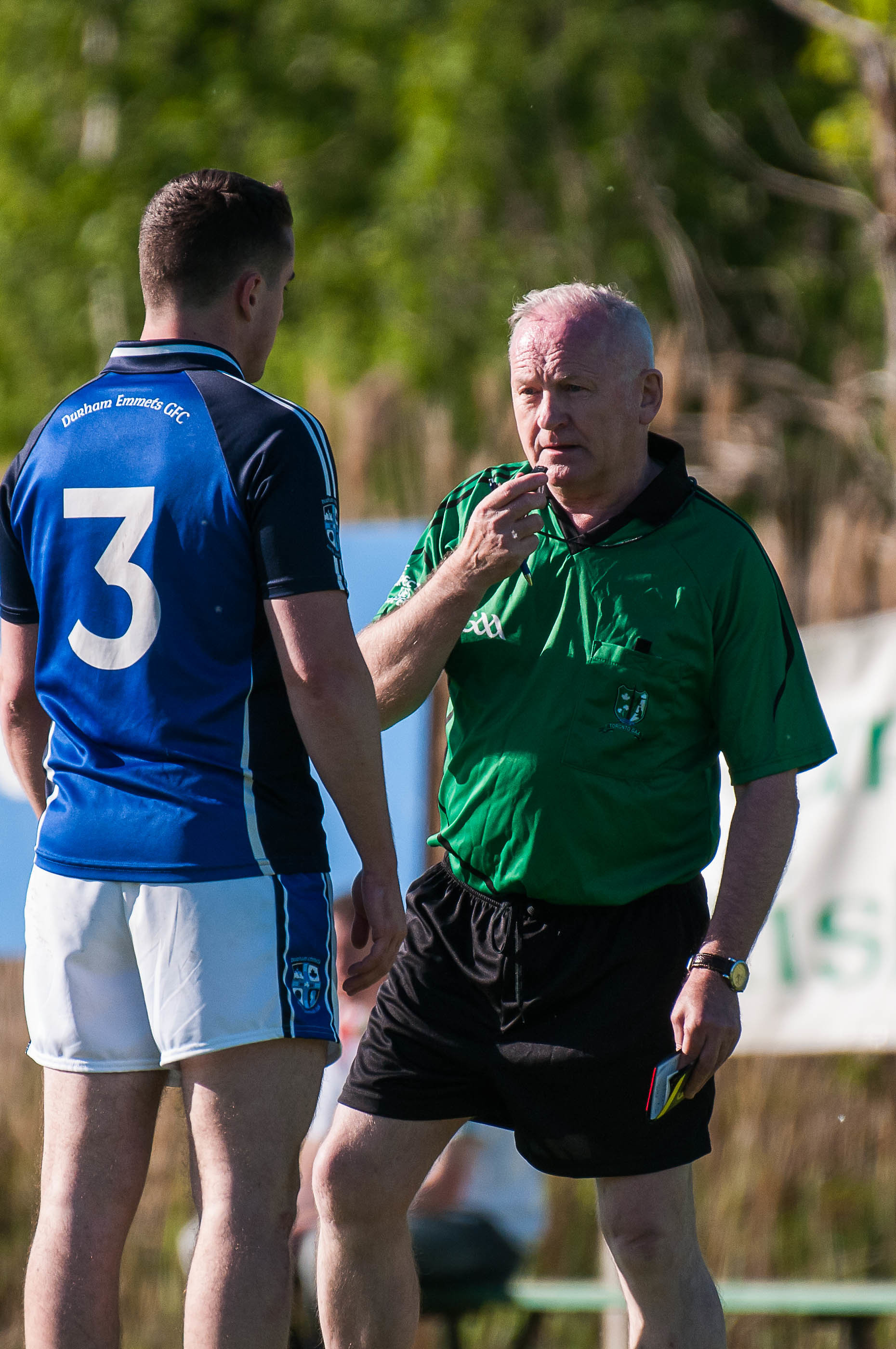

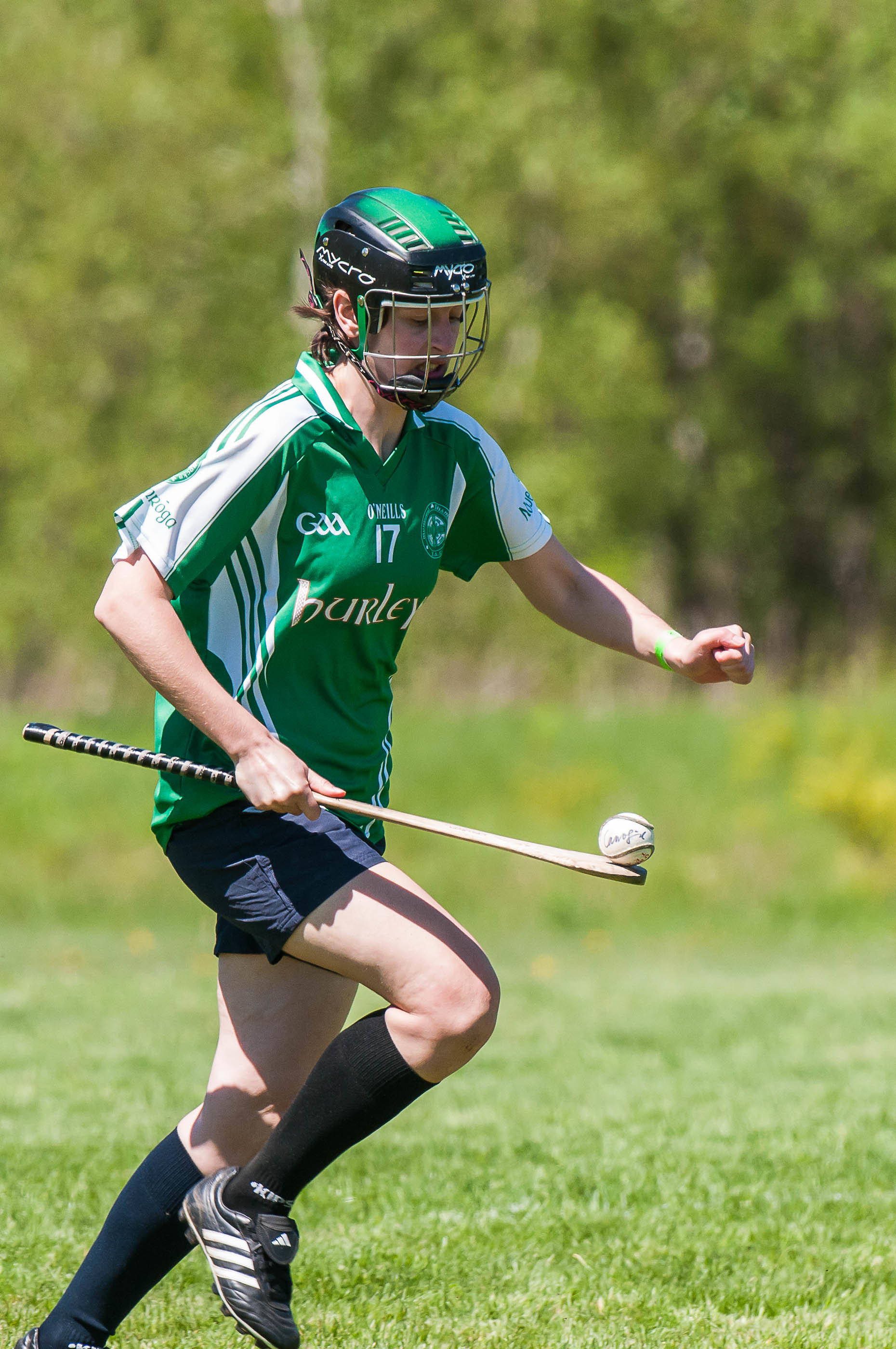
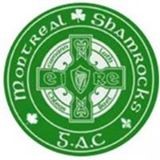 Article written by: Patrick Bourke
Article written by: Patrick Bourke

